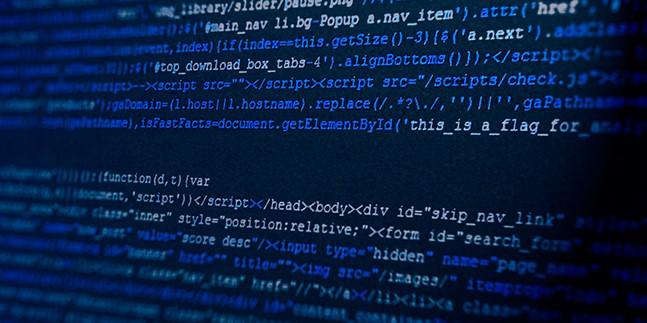Rapid AI Development Demands Reform
The future of U.S. technology likely will be cyber-heavy with innovative breakthroughs erupting from several areas such as telecommunications and digital ledger capabilities. Many of these disruptive technologies have policy ramifications either in their development or their implementation. The federal government must consider aspects such as regulatory issues, privacy, economic competitiveness and security requirements.
The Government Accountability Office (GAO) has a team dedicated to information technology and cybersecurity because of the ubiquity of cyber throughout key technology areas, says Tim Persons, chief scientist of the GAO and managing director of the Science, Technology Assessment and Analytics Team. His team focuses on a range of technologies as it prepares policymakers for decisions involving technologies.
“In this world, every headline issue we’re facing has a science and technology element,” Persons declares. “You can’t avoid it anymore. We are in a world of complex, adaptive systems problems.”
The GAO’s top scientific priority as directed by Congress is artificial intelligence (AI), Persons says. He relates that virtually every congressional committee or jurisdiction is affected by AI either directly or indirectly. Following its benchmark report in 2018, the office has been working with the National Academy of Medicine in a three-part series on AI for healthcare. The three parts focus on drug discovery and development, AI for medical services and AI for diagnostics.
Another high priority is 5G technology. The GAO is working on several pieces in this area, Persons says. Digital ledger technologies such as blockchain may play a larger and more powerful role in secure ledger transactions, so the GAO is exploring several aspects. One is what effect this capability will have on supply chain management or security, he notes.
With all the controversy over 5G and potential providers, Persons maintains that the GAO narrative should be viewed as a portfolio. Its efforts complement the Defense Innovation Board and the Defense Science Board reports on the topic, he adds.
Persons reveals that the GAO was working on epidemiology before the COVID-19 outbreak and has been examining disease-spread modeling and simulation, which is highly computational, he points out. Other elements include diagnostics and testing, along with vaccine research development.
Even with the GAO’s experience in epidemiology, the emergence of the coronavirus has redirected its work. Much of the work was completed before COVID-19 had fully invaded the country, and the GAO couldn’t pull it into the study. The office found many solutions to the coronavirus onset in the ongoing work, and it just finished a report on data quality and considerations for modeling and analysis of COVID-19. This represents a deeper dive on that earlier work, Persons says.
Quantum information technologies also rank high on the GAO’s watch list. These include quantum computation, quantum communication and cryptography. The GAO cannot go into a deep dive on every bit of research into quantum, Persons notes, but the advanced research that it can tap into include work by advanced institutions and Nobel Prize winners.
The commercial sector is rising in the quantum realm, and GAO experts likely will be placing increased emphasis on applied policies and determining where quantum is headed.
Persons shares more of his insights about the GAO’s role with the legislative branch in an article in the October 2020 issue of SIGNAL Magazine.






Comments